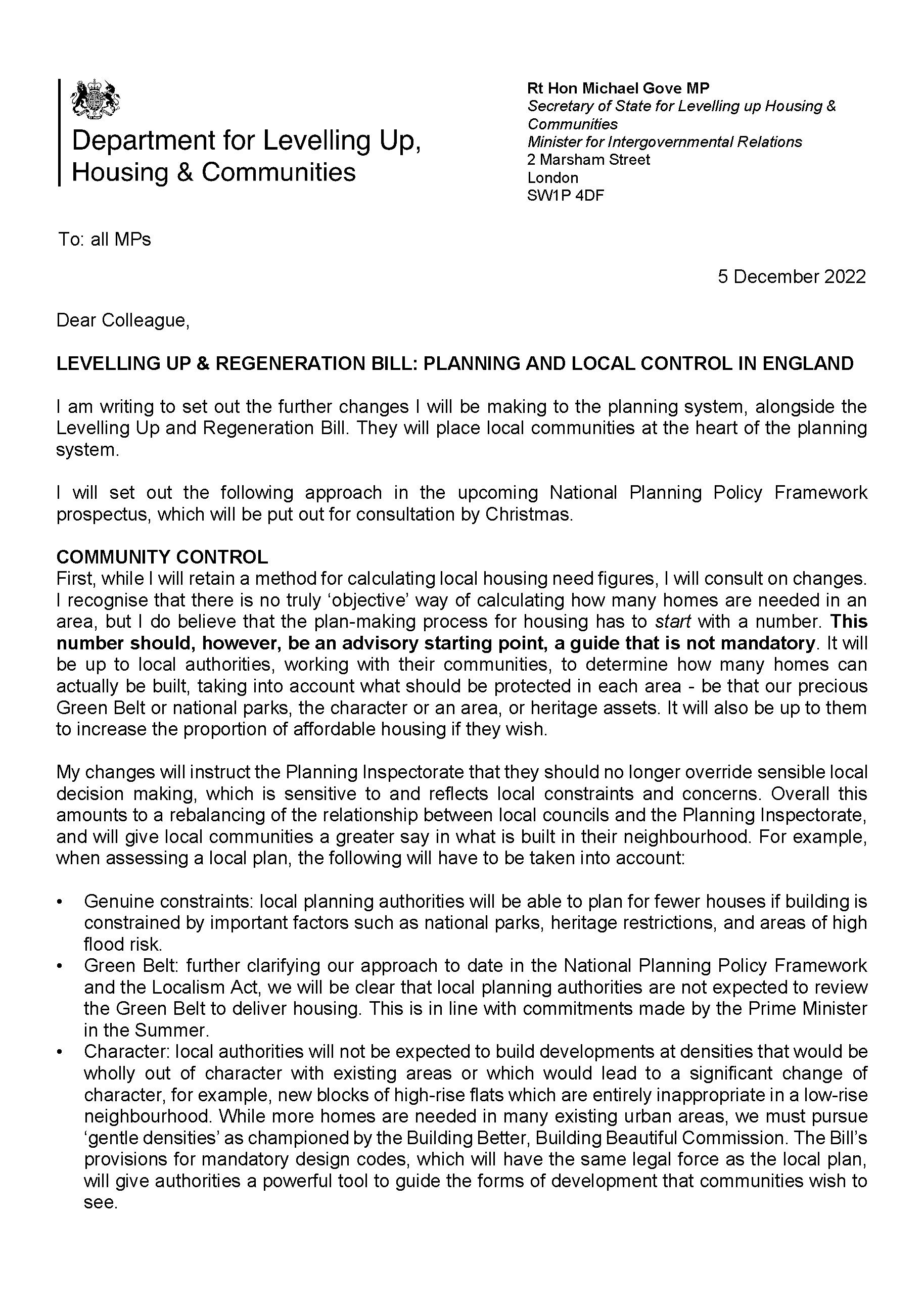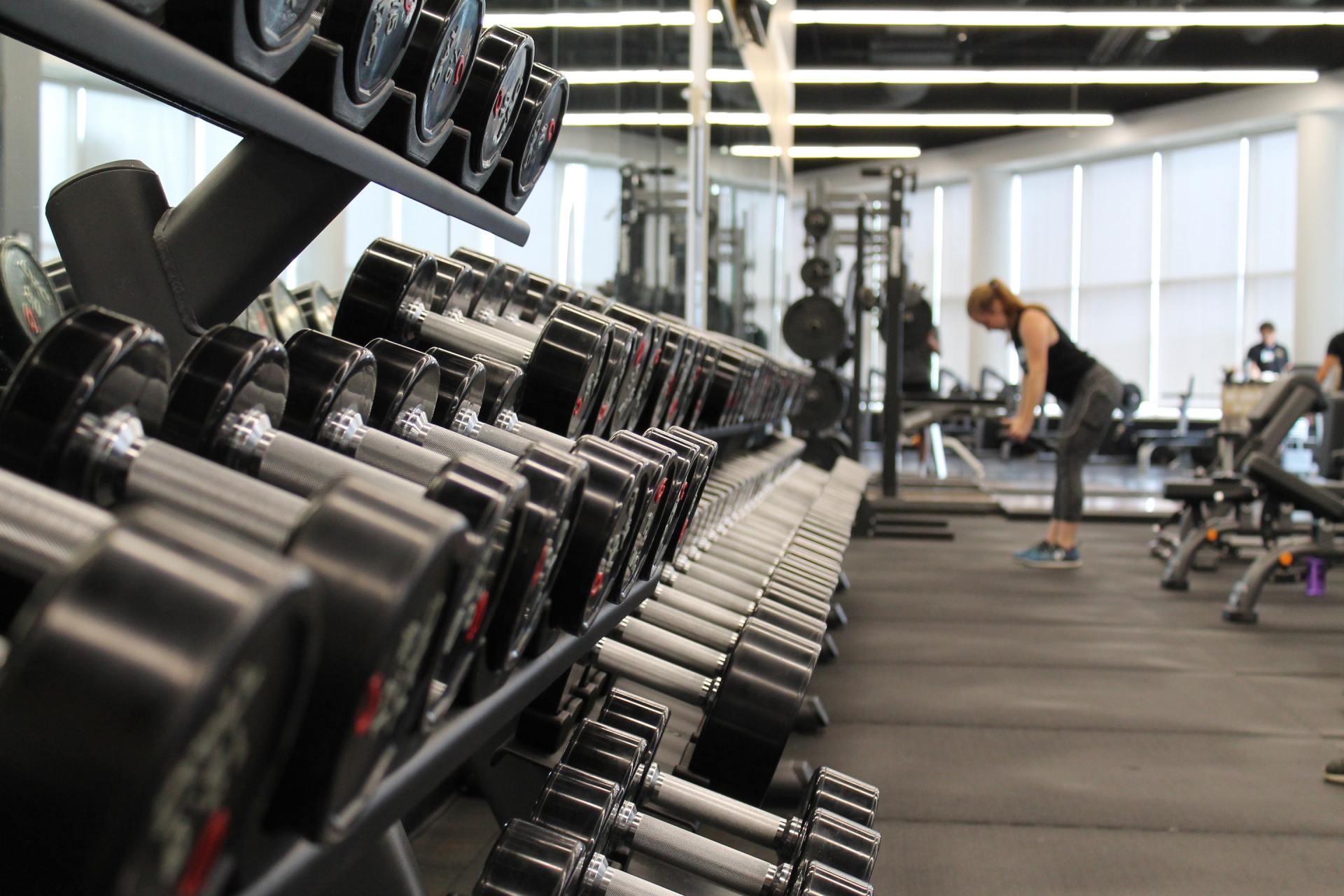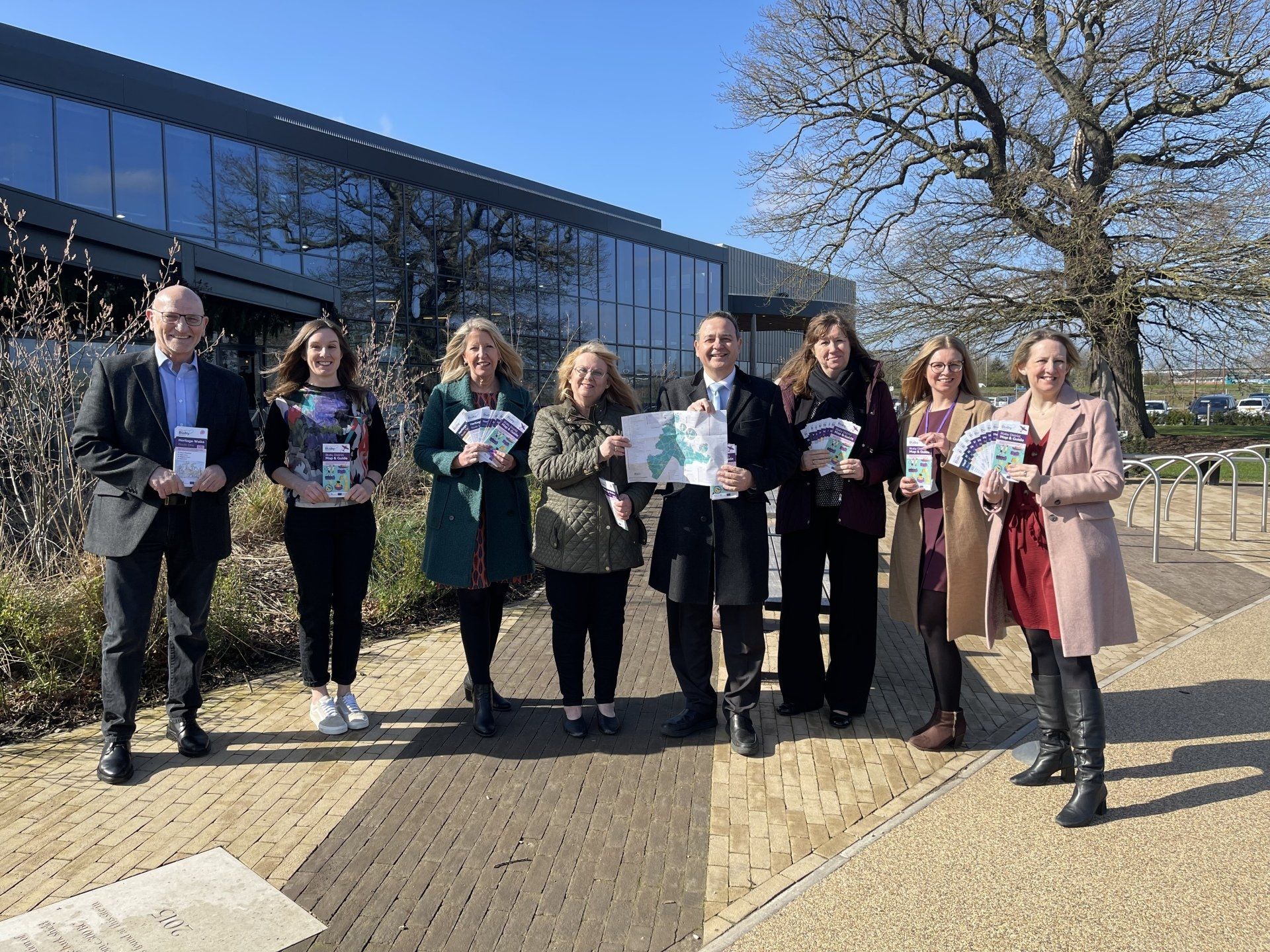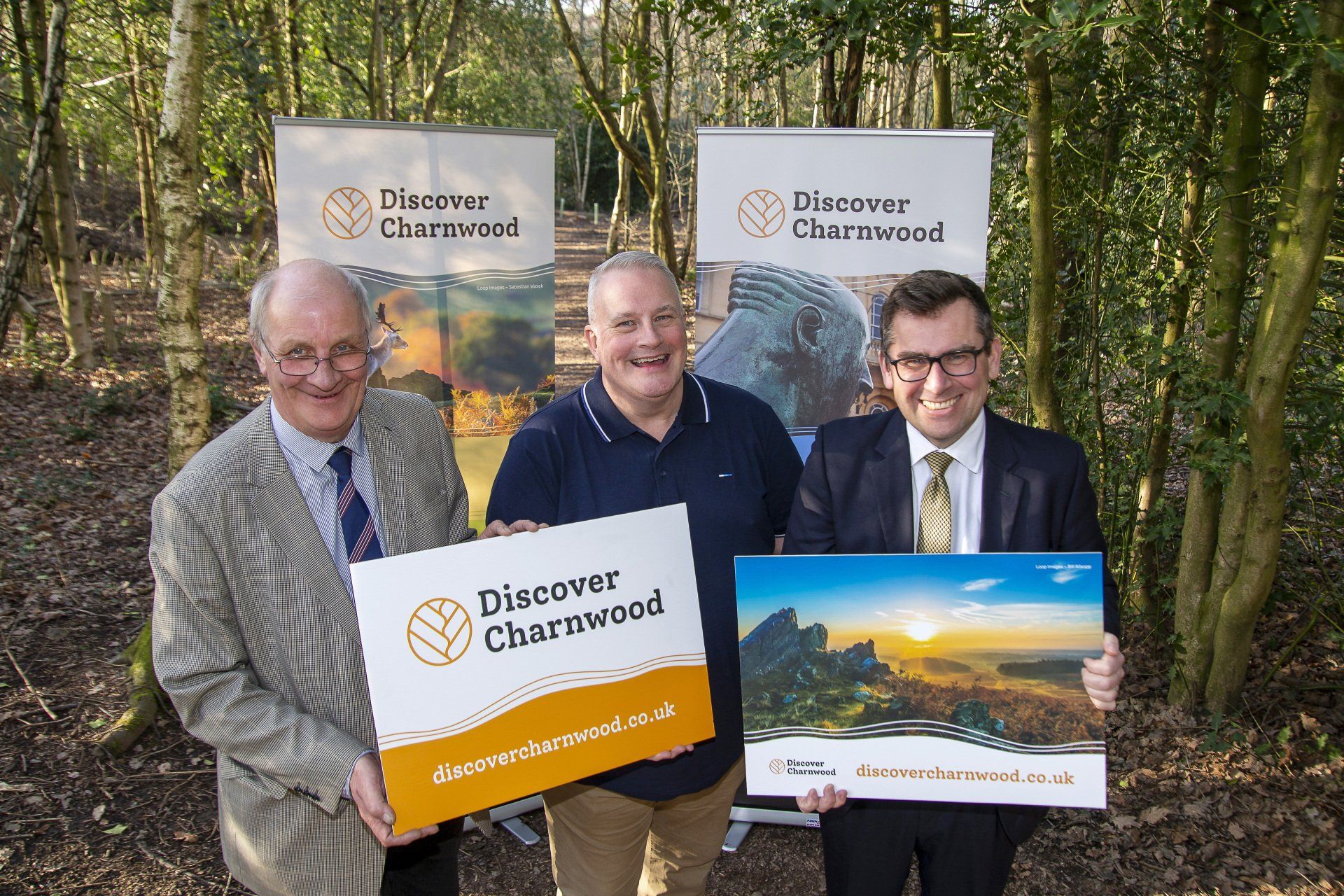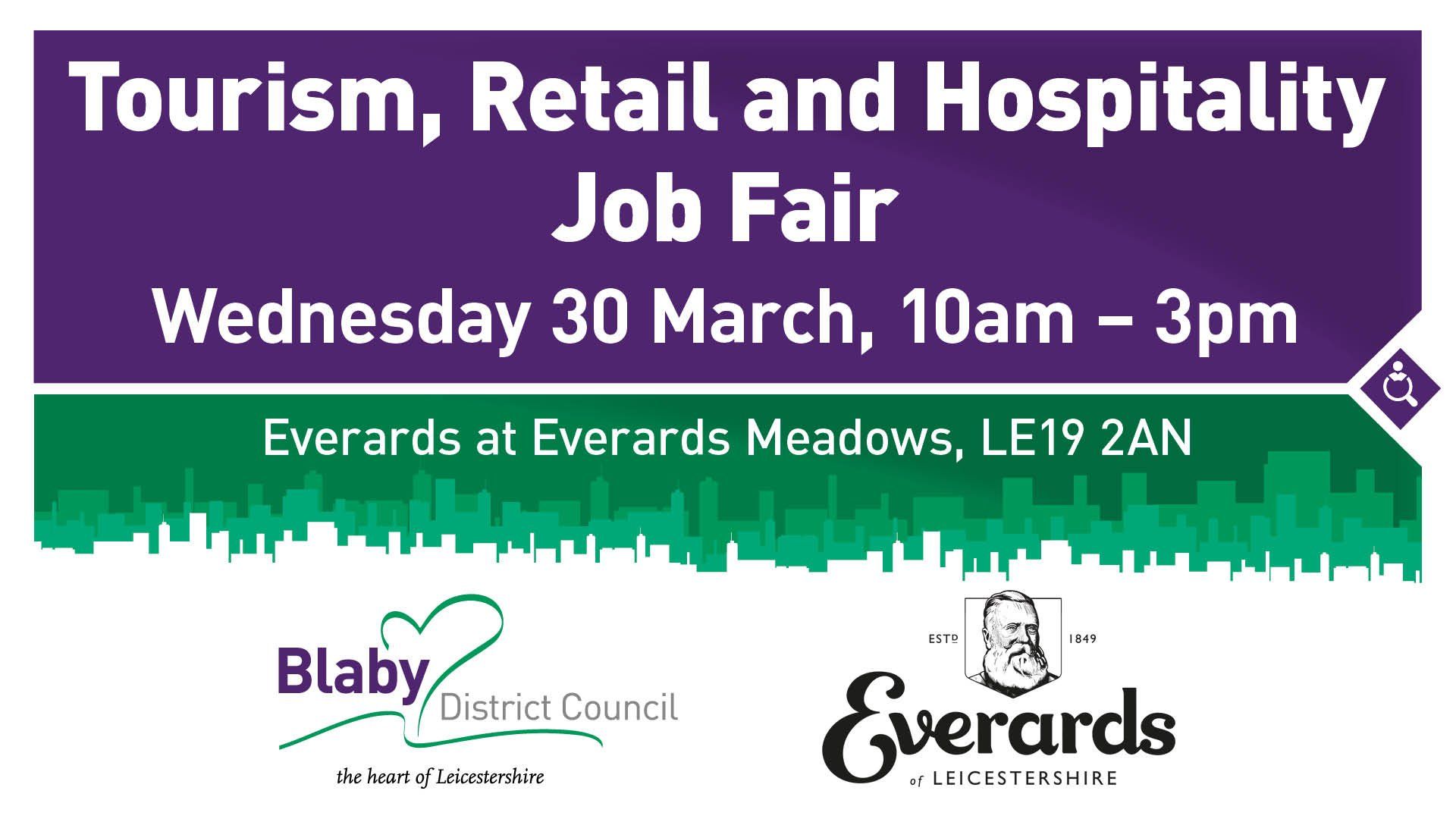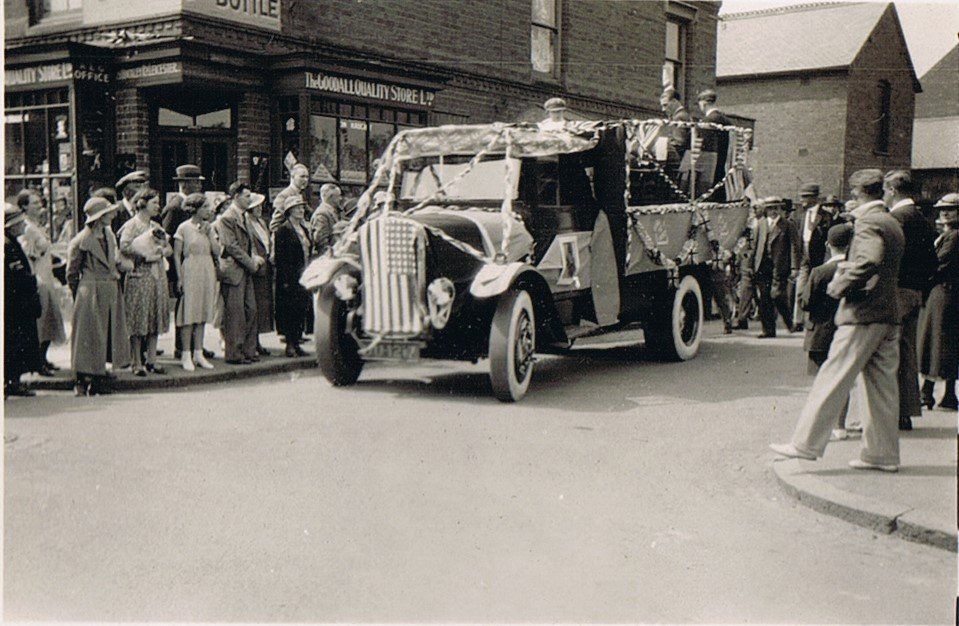Barwell Road, Kirby Muxloe, Up To 1960 - Kirby Muxloe History Society
Barwell Road, Kirby Muxloe – up to 1960
The area which covers Barwell Road, Castle Road and Church Road was mainly developed between 1893 and 1914. The land covered an area of around 12 ½ acres and belonged to the members of Kirby Muxloe Land Society.
Barwell Road took its name from Thomas Barwell of the Woodlands, Woodlands Lane. Thomas Barwell was a successful seed and cake merchant (extracting the oil from seeds such as rape seed or flax and turning the residue into a crushed ‘cake’ as feed for animals). Many of the houses on Barwell Road were built by George Mason, a long time buider of Kirby Muxloe. It is said that he promised free beer when a chimney was topped. Some of the houses were initially inhabited by coal miners working at the pits of Desford and Bagworth. Later, many of the houses were home to chauffeurs, gardeners and the like, who worked in the large houses on Kirby Fields.
Around the turn of the century, shops were often very small, sometimes just occupying the front room of a house. One of the earliest shops, in around 1900, belonged to John and Jane Davey, who came from Devon. The shop was in one of the two houses named Kimberley Cottages. It was very small and appears to have been a newsagent and possibily also sold provisions.
The telephone exchange came to the village in 1905. It was set up by the National Telephone Company, with its premises in the upstairs part of number 2, Barwell Road, the downstairs area being used for the telephonists’ lockers. The exchange stayed in this position until the automatic exchange was built on Princess Drive. Initially most private telephones were on a “party line”. Many people will remember trying to make a phone call from their own home, picking up the telephone and finding the person with the “partyline” already having a conversation with someone else and so blocking the line. Party lines existed in some areas until the 1980’s.
Other shops and businesses in the early part of the 20thcentury included Wheatley and Son, Haulage Contractors, at number 1, Barwell Road. In later years, around the ‘30’s and ‘40’s, James Wheatley was described as a “carrier”, transporting goods to and from Leicester. Lucy Wheatley, a dressmaker, was on Barwell Road in 1912 and Brenda Bradnock, at number 22, sold haberdashery from 1916 to the 1940’s. Horace Webster, haulage contractor, was at 28, Barwell Road from the 1930’s onwards. “Goodall’s Quality Stores” was the largest shop on the road and was there by 1941. It was eventually followed by Mace. In WWII, a brick air raid shelter was built part on the pavement and part on the road, right outside the shop. Newlands Maternity Home, owned by Ruth Whitock, was situated on the corner of Barwell Road and Station Road. This was a thriving private maternity home, both during and after WWII.
Travelling further along the road, from around 1926, we arrive at Arthur Ernest Heighton’s newsagents at 29, Barwell Road. In the early days, the shop supported a small lending library and we are told that it was heated in winter time by a dark green paraffin heater that sent out lots of fumes. By 1947, it had been taken over by Vic Thompson, who ran the shop until 1971 and gave it his name, which has been retained to this day. At the end of the road, next to the school, we would arrive at Albert and Dorrie Worth’s haberdashery shop, at number 45, Barwell Road. Albert and Dorothy ran the shop for many years, selling high quality knitwear, hats and haberdashery, including many coloured ribbons, used for young girls’ hair, a coloured bow being very fashionable at that time. Often, young people, especially, were mesmerized by the tubes which travelled horizontally around the shop. They carried money from one part of the shop to another, ending up with the cashier. The change was then sent back in the same way to the assistant serving the customer.
During WWII, when the bombs dropped on the Free Church, many windows on Barwell Road houses were blown out. The Worths’ shop front windows did not escape the blast and the first thing that many people saw was a number of “heads” rolling down the road. After initially thinking that these were indeed human heads, it soon became clear that they were mannequin heads used to display millinery in the shop window. What a relief!
Lastly, on the opposite side of the road and on the corner of Castle Road was Winifred Townsend, who ran a successful village Post Office and provisions shop in the 1930’s. In later years, the Garner family ran a greengrocery shop there. Stan Garner, who at the time worked at the wholesale market in Leicester, always made sure that the shop was stocked with the good quality produce. He also ran a men’s hairdressers business from one of the rooms upstairs.
Businesses and shops come and go, perhaps you remember some shops that have been missed out – if you do please let us know, we are always most grateful for extra memories and information. To be continued .
N.B. Thank you to eagle–eyed Margaret who spotted an error in the article about the Towers in the January edition. Herbert Sutton actually purchased the house in around 1896 not 1900. This was before his untimely death in 1898, at the age of 40 years.
The Kirby Muxloe Local History Group
The Kirby Muxloe Local History Group generally meets 6 times a year, and membership is open to all. Visitors are always welcome to all our meetings, which usually take place in St. Bartholomew’s Church Hall, Main St., Kirby Muxloe and start at 7.30 pm.
Details of the dates of meetings, together with the topics that will be covered, are shown on the notice board in Kirby Muxloe Library and on our website, which is www.kirbymuxloelocalhistorygroup.org
Our book “Courage Commitment and Community” is now on sale at K.M. Library and also at St Bart’s Tea Shop (Church Hall, Main St., Tuesdays 2:30-4:30pm) Price £6.
Our next meeting will be on Tuesday 19th March when the speaker will be Malcolm Riddle – his subject: “The Origins and Decline of Leicester’s Trams”.
